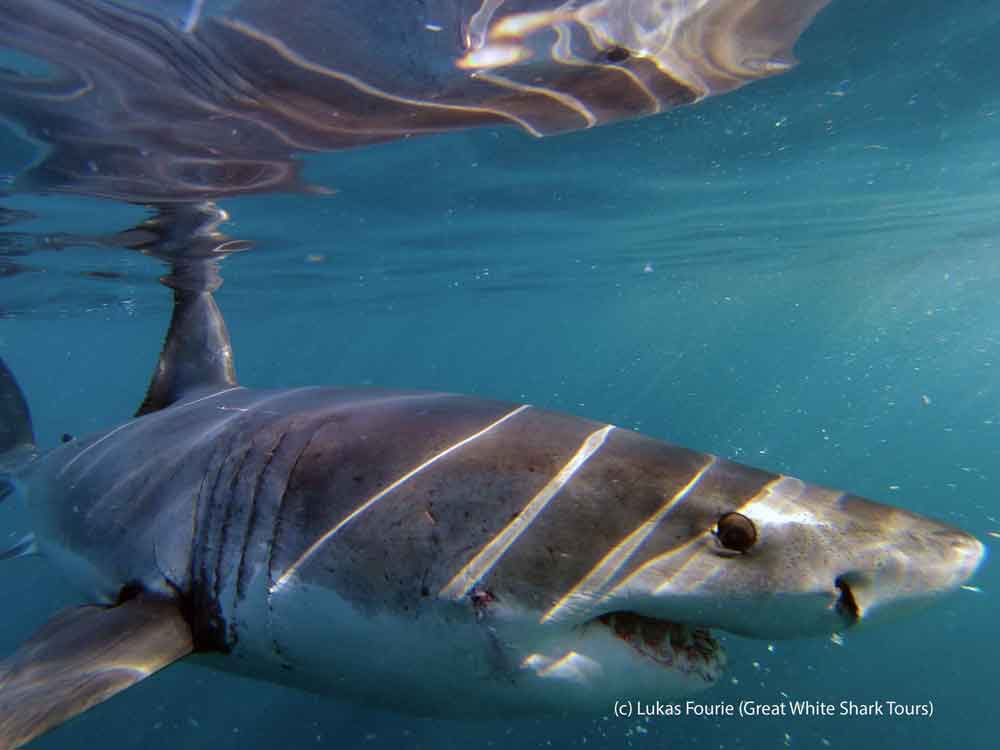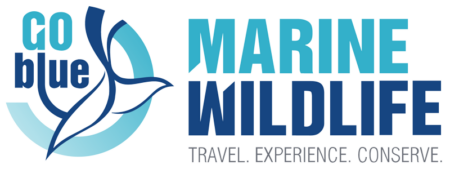Sharks shed small pieces of themselves into the ocean. This e DNA can show they are in the area.

Sharks constantly shed small pieces of themselves into the ocean. Scientists can now use DNA in these flakes to monitor whether white sharks – commonly called great whites – are swimming nearby. This technique could be deployed to make informed decisions about which shark habitats to conserve and also help swimmers and surfers avoid potentially dangerous interactions with sharks.
“The environmental DNA approach is a new tool in the toolkit to keep track of a species that’s notoriously difficult to keep track of!
Typically, researchers will use video footage from drones to look for white sharks (Carcharodon carcharias) or analyse satellite data from sharks that have been caught, tagged and released. However, these methods have limitations: footage from drones was only reliable on days when the visibility was good and tags only send signals when a shark’s dorsal fin breaks the surface.
In a recent pilot study published in Frontiers in Marine Science researchers showed that they can detect white sharks presence in an area from the environmental DNA, or “eDNA,” they leave behind. If eDNA sampling works for white sharks — a species that is large, rare, and highly mobile – it will become a proof-of-concept. According to the first author of the study, marine ecologist Kevin Lafferty, at the U.S .Geological Survey and adjunct faculty at the University of California, Santa Barbara.
When sharks defecate, they also excrete cells that release eDNA, which scientists can collect in a sample of ocean water. Infographic courtesy of Kevin Lafferty.
FUTURISTIC ROBOTS
Lafferty and Lowe envision a fleet of nearshore robots continuously sampling ocean water and sending text alerts to lifeguards when they detect white shark eDNA. The researchers also hope eDNA sampling will help marine ecologists map white shark habitats, informing decisions about which areas to prioritize for conservation. However, cautious to not being over-optimistic, they acknowledge that they first must refine the approach.
“We still need to hammer out the details,” said Lowe.
“Our goal right now is to give lifeguards good information about which sharks are out there, what they’re doing, and how much time they’re spending at beaches.”
Read the original article here: News Mongabay.












